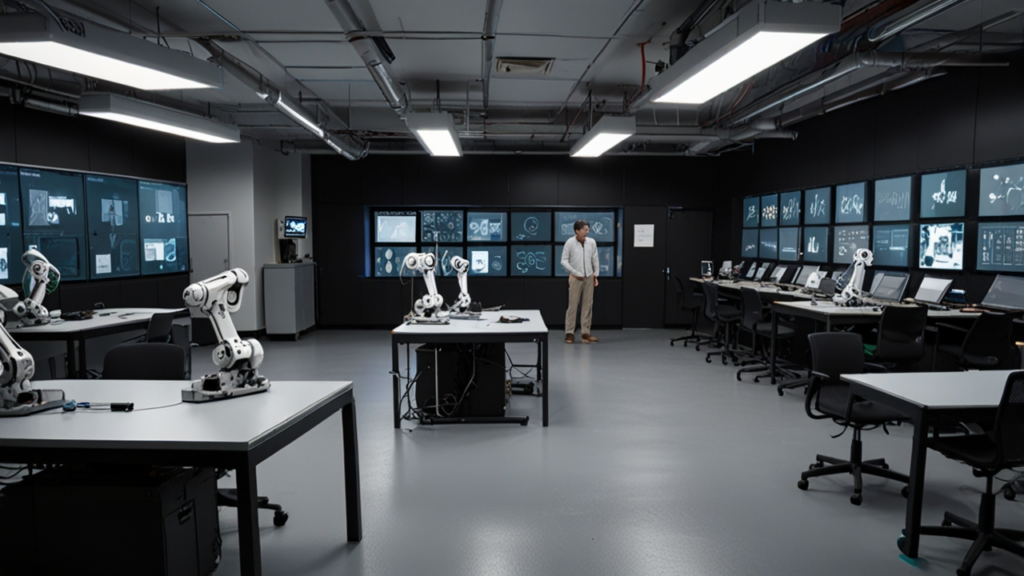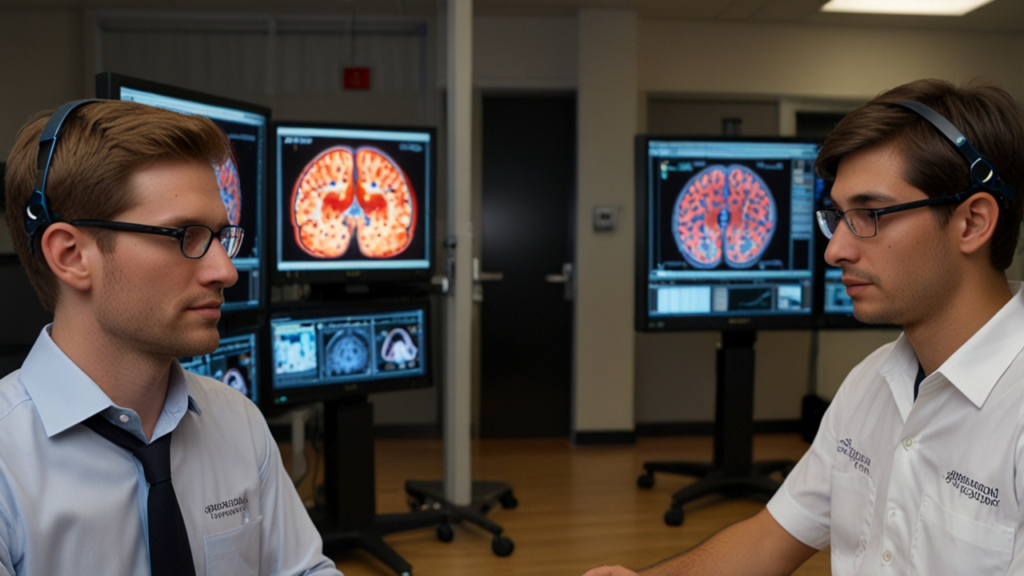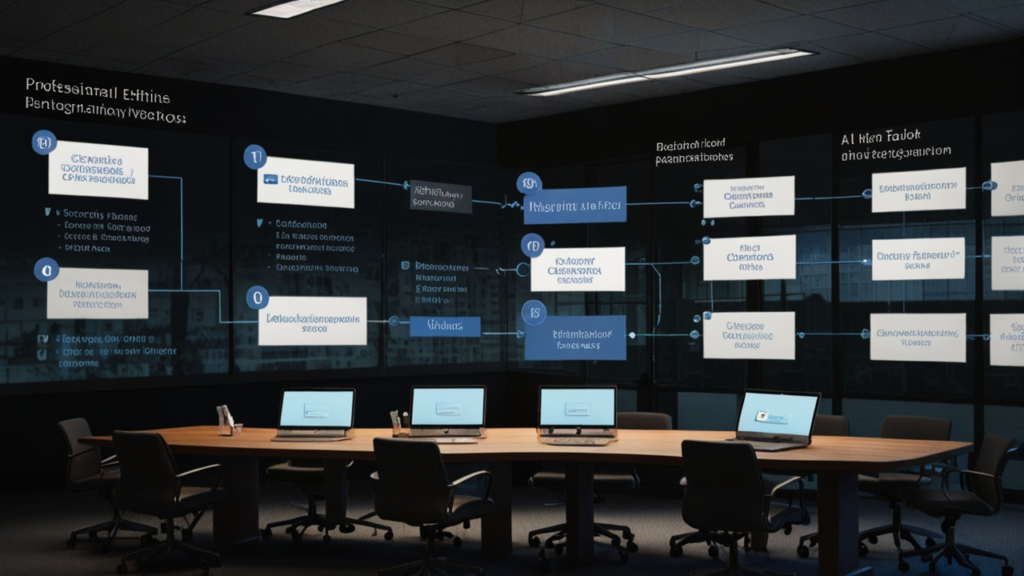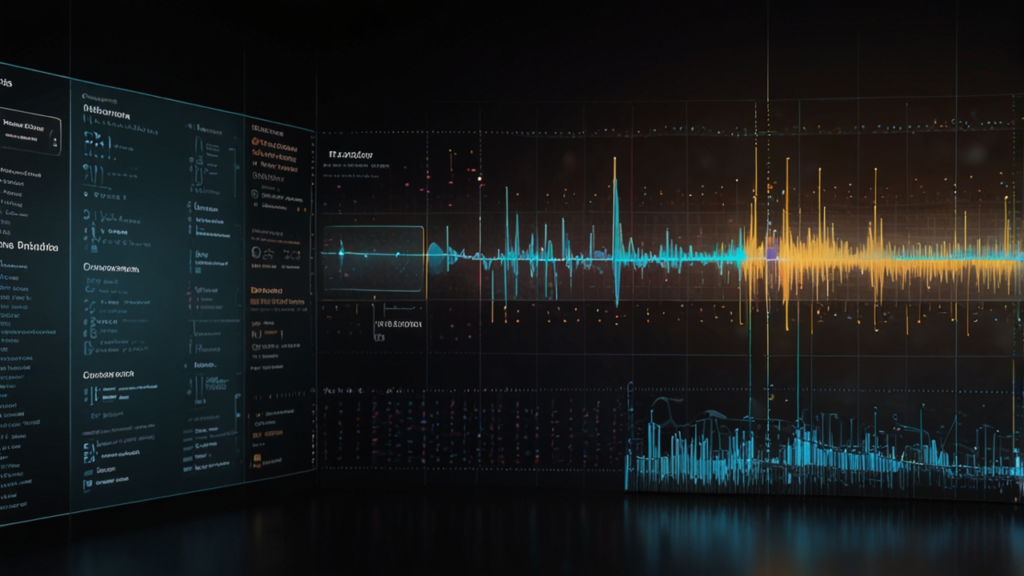IFTTT automation: In this technology guide, you’ll learn how 8 connection types work: 1) time-based triggers initiating actions at specific scheduled moments, 2) location awareness executing workflows based on geographical position changes, 3) device state monitoring responding to smart home equipment condition changes, 4) weather integration reacting to environmental conditions like temperature or precipitation, 5) social media activity triggering workflows based on platform interactions, 6) email filtering processing messages according to sender or content patterns, 7) notification distribution sending alerts through multiple communication channels, 8) data logging recording information from connected services for analysis and reference.









